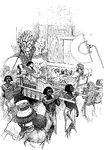Clipart tagged: ‘thebes’

Egyptian Amphora
This Egyptian amphora is a vase with a cover intended for water, oil or wine. It was found in Thebes,…

Egyptian Amphora Shape
This Egyptian amphora is a vase with a cover intended for water, oil or wine. It was found in Thebes,…
Egyptian Bucket from Thebes
This Egyptian bucket was found in Thebes, Ancient Egypt during the reign of Tutmose III. An Egyptian…
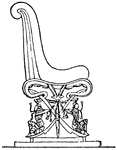
Egyptian Tomb of Ramses III chair
The Egyptian tomb of Ramses III Includes a mural painting of the tomb, Thebes.

Temple of Karnak
"Karnak is a village in Egypt built on the site of Thebes, on the bank of the Nile, and renowned for…

Egyptian Krater from Thebes
This Egyptian Krater is an antique vase that was found in Thebes, Ancient Egypt during the eighteenth…
Luxor Temple
Luxor Temple is a large Ancient Egyptian temple complex located on the east bank of the River Nile in…

Bust of Pindar
"Pindar, though the contemporary of Simonides, was considerably his junior. He was born either at, or…

Egyptian Rope Making
"Reproduction of sculpture from a tomb in Thebes, showing preparation of leather cords by process similar…
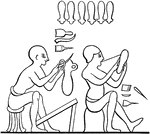
Egyptian Sandal Makers
"The Ancient Sandal Maker as pictured on the wall of the ruined temples at Thebes, Egypt." -Bodmer,…
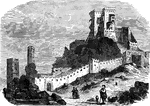
Thebes
The principal city of Baeotia, in ancient Greece, was situated in the south part of the country, onm…

Thebes
"Figures sculptured in one of the tombs discovered by Belzoni, near Thebes, which represent captives…
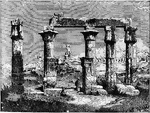
Ruins of Thebes
The city of Thebes was a major city during the 18th Dynasty of Egypt. Portrays the wreckage of the city,…

